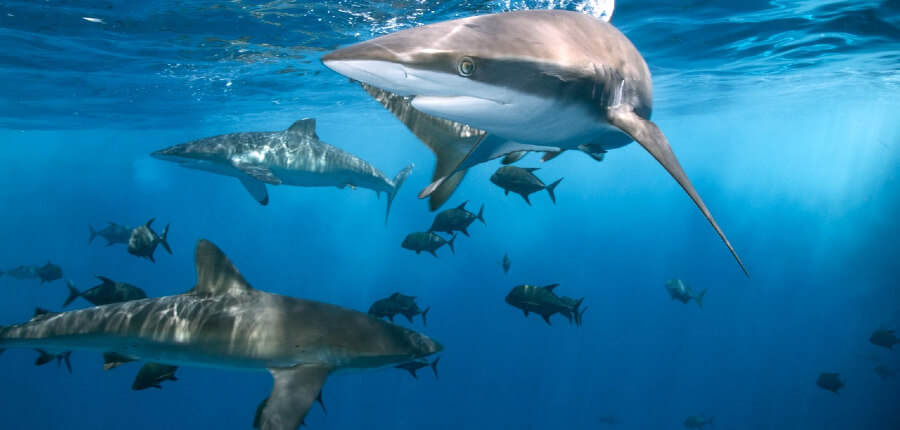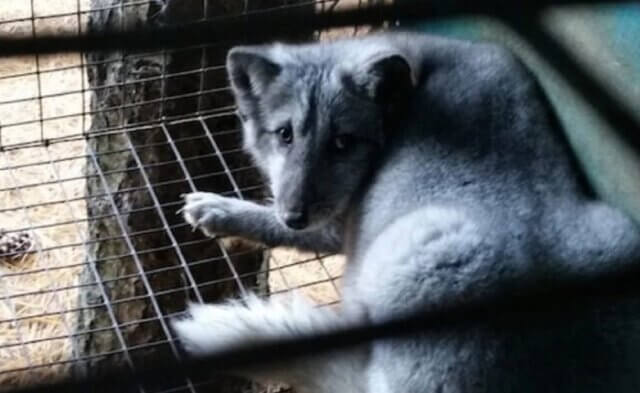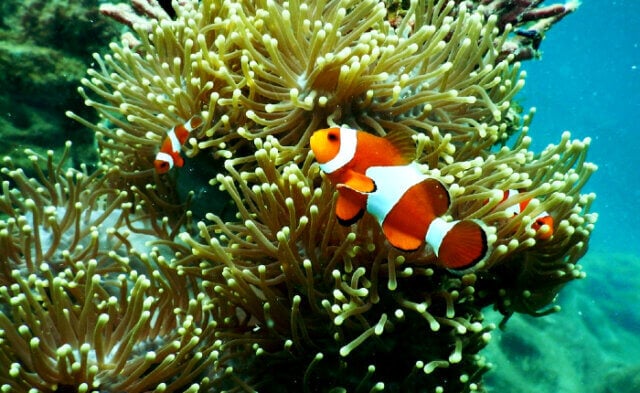Sharks get a bad rap. While there are a handful of well-publicized shark attacks around the world every year, humans pose the much bigger threat. We slaughter nearly 100 million sharks each year and consume more fish—trillions of them—annually than all other types of animals combined.
Our insatiable appetites are taking a toll. A study published in the journal PLOS Biology found that killing sharks for their flesh and fins has caused their populations to plummet across the globe. Sharks are rarer—and significantly smaller—in areas with large human populations and associated fishing fleets.
Another study, in the journal Nature, found that because sharks and commercial fishing vessels tend to frequent the same areas, sharks have few safe havens left. Even if they’re not targeted directly, they’re at risk of becoming “bycatch” victims—unintentionally swept up in the nets of the commercial fishing industry, just like dolphins, turtles, seals, and other marine animals.
Since most sharks grow and mature slowly, have long gestation periods (up to two years) and produce few young, they’re particularly vulnerable to the pressures of commercial fishing.
Contrary to the portrayal of sharks as mindless eating machines in movies, they actually have unique personalities, and they socialize and form friendships, just like us. Porbeagle sharks have been observed playing with objects floating in the water, repeatedly rolling themselves up in kelp fronds, and chasing after other sharks who trailed pieces of kelp behind them. Biologist Peter Best once witnessed several great whites working together to move the carcass of a partially beached whale to deeper waters so that they could eat it. Sharks have long-term memories, they teach each other how to find food, they like AC/DC (Google it), and they feel pain.
They also naturally shun contact with humans. But during the summer tourist season, when more of us invade their natural homes, there is an increase in shark encounters. Just remember, though, that you’re more likely to die while taking a selfie than you are by being bitten by a shark.
And while we’re on the subject, let’s spare a thought for the other marine animals who also wish we would stay out of the water. Fish form emotional attachments and become depressed when they lose their mates. They are savvy social learners, develop cultural traditions, use tools, and play. They also feel pain.
Most fish commonly served in restaurants and supermarkets are caught using huge—often miles-long—commercial fishing nets that scrape the ocean floors, also trapping unintended animals (the “bycatch” mentioned above). When hauled up from the deep, fish are often crushed to death and their eyeballs bulge out of their heads because of the pressure change caused by suddenly surfacing. Others are gutted while still alive.
Whether you venture into the water this summer or stay on solid land, there’s a simple way to make the oceans a little safer for all living beings: Steer clear of the seafood buffet.





